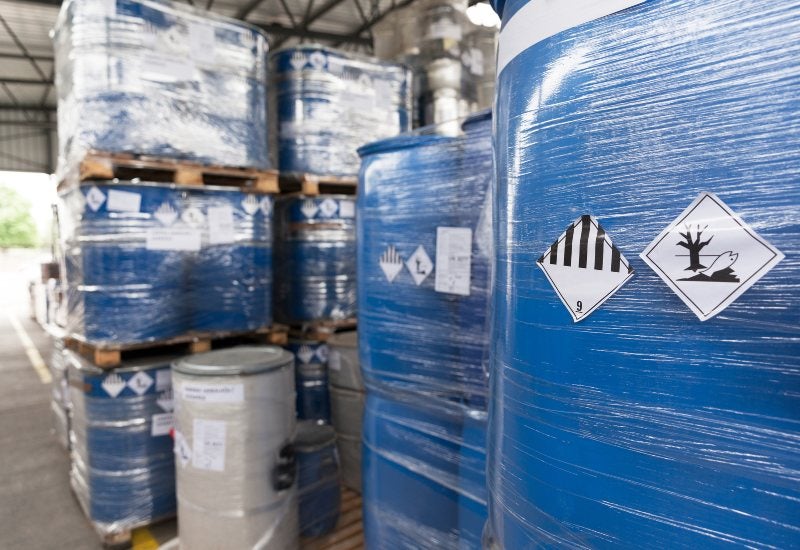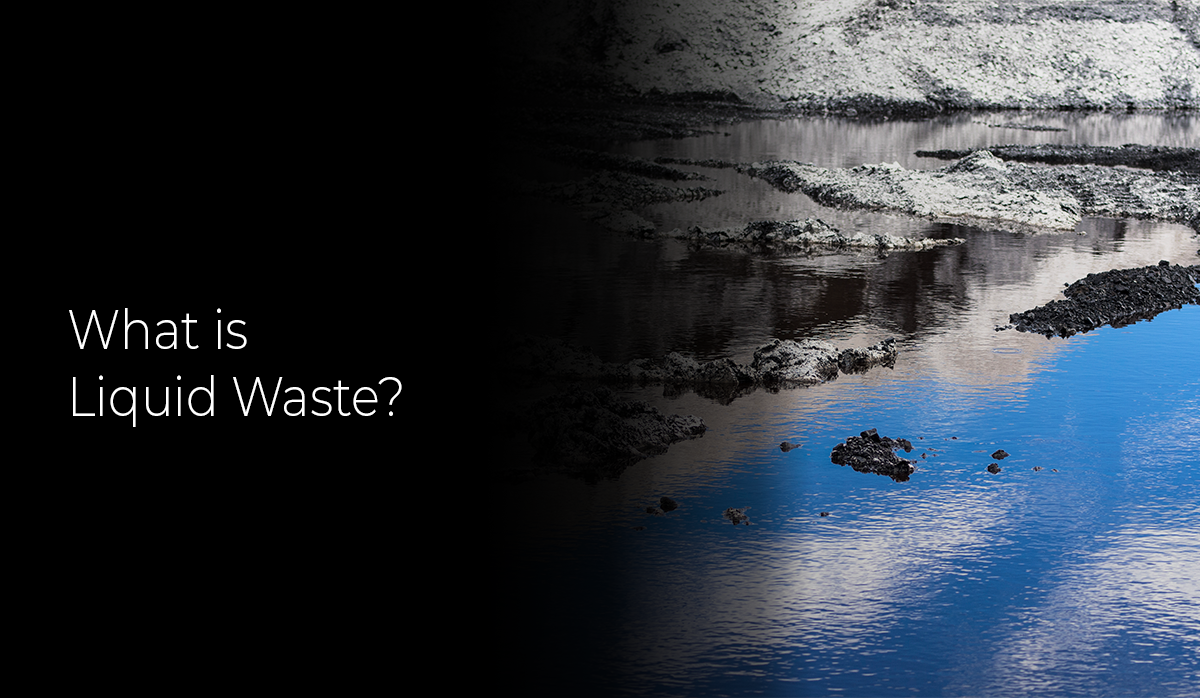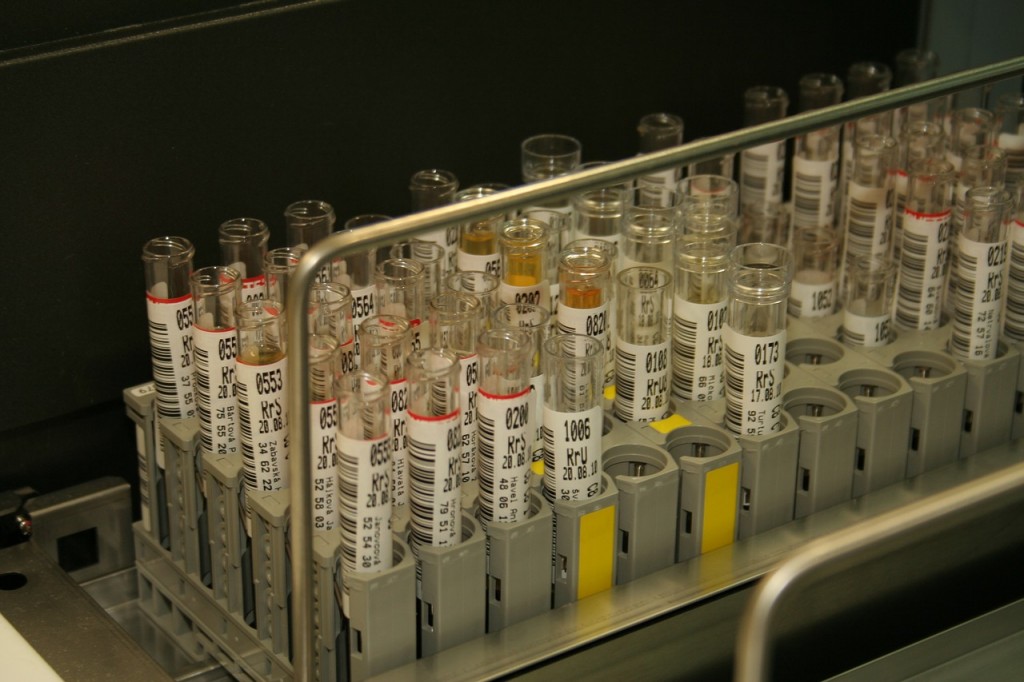Exactly How Liquid Waste Disposal Functions: An In-depth Introduction of Methods and Technologies Employed

Summary of Fluid Waste Kind
The intricacy of liquid waste types demands a thorough understanding of their qualities and effects for disposal. Fluid waste can extensively be categorized right into a number of types, including industrial, municipal, agricultural, and hazardous waste. Each category shows distinctive buildings, needing certain administration approaches to mitigate ecological and wellness risks.
Industrial liquid waste originates from manufacturing processes and typically contains a series of pollutants, such as heavy metals, solvents, and natural substances. Community liquid waste, primarily comprising wastewater from houses and commercial facilities, has organic issue, nutrients, and microorganisms (industrial wastewater treatment). Agricultural liquid waste, including drainage from ranches, might include fertilizers, chemicals, and pet waste, positioning threats to water high quality and ecosystems
Dangerous fluid waste is characterized by its poisoning, sensitivity, or prospective to trigger injury. Recognizing these diverse fluid waste kinds is vital for establishing effective disposal approaches and guaranteeing conformity with ecological laws.
Physical Treatment Approaches

Screening is the preliminary action, where bigger bits and debris are gotten rid of from the fluid waste making use of screens or grates. In sedimentation tanks, much heavier fragments resolve at the base, creating a sludge layer, while the clarified liquid can be more treated.
Purification is one more necessary technique that involves passing the liquid with porous materials, such as sand or membranes, to catch smaller particles. This step enhances the quality of the fluid, making it ideal for subsequent therapy processes.

Chemical Therapy Strategies
Chemical therapy strategies are necessary for properly managing fluid waste, particularly in resolving dissolved and colloidal pollutants that physical techniques may not adequately remove. These strategies utilize numerous chemical agents to reduce the effects of, speed up, or transform harmful substances right into less unsafe kinds.
One usual technique is coagulation and flocculation, where chemicals such as alum or ferric chloride are included in advertise the aggregation of put on hold bits. This procedure boosts sedimentation, permitting much easier removal of the resulting sludge. In addition, oxidation processes, utilizing agents like chlorine or ozone, are used to damage down complex organic compounds and virus, rendering the waste much safer for discharge or more therapy.
Neutralization is another important technique, which readjusts the pH of acidic or alkaline waste streams to neutral degrees, preventing prospective harm to downstream systems and the environment. Additionally, advanced oxidation processes (AOPs) use mixes of oxidants and ultraviolet light to degrade persistent contaminants, accomplishing a greater level of treatment performance.
Biological Therapy Procedures
Organic therapy procedures play an essential function in the administration of liquid waste by utilizing microorganisms to decompose natural matter and lower contaminant levels. These processes can be extensively categorized right into cardiovascular and anaerobic therapies, each employing particular microbial neighborhoods to achieve effective waste degradation.
Aerobic therapy involves using oxygen to facilitate the breakdown of natural products by microorganisms. This procedure is generally applied in triggered sludge systems, where oygenation containers give a helpful environment for microbial development, bring about the oxidation of natural pollutants. The resultant biomass can be divided from treated effluent with sedimentation.
In contrast, anaerobic therapy takes place in the absence of oxygen, relying upon different microorganisms to break down raw material. This method is particularly advantageous for high-strength waste, as it creates biogas, an eco-friendly energy resource, while minimizing sludge production. Technologies such as anaerobic digesters are frequently utilized in commercial and local applications.
Both anaerobic and aerobic biological treatments not just lessen useful link the ecological effect of liquid basics waste however also promote resource recuperation, making them crucial elements of lasting waste administration approaches. Their effectiveness, flexibility, and effectiveness support their prevalent implementation throughout numerous sectors.
Arising Technologies in Disposal
Cutting-edge methods to liquid garbage disposal are rapidly developing, driven by innovations in innovation and a raising emphasis on sustainability. Among these emerging modern technologies, membrane bioreactors (MBRs) have acquired grip for their capacity to combine biological therapy with membrane layer purification, causing premium effluent that can be recycled in numerous applications. MBRs make it possible for smaller sized footprints and more efficient operations compared to conventional systems.
One more appealing advancement is the usage of anaerobic food digestion incorporated with nutrient recovery technologies, which not only treats liquid waste but also generates biogas and recovers valuable nutrients like nitrogen and phosphorus. This double benefit enhances resource efficiency and reduces environmental impact.
Additionally, advanced oxidation processes (AOPs) are being adopted for the degradation of complex natural toxins. These approaches make use of effective oxidants and drivers to break down contaminants at the molecular level, offering a highly effective solution for tough waste streams.
In addition, the integration of synthetic intelligence and artificial intelligence in waste management systems is enhancing operational performance and anticipating maintenance, leading to lowered costs and boosted environmental compliance. These technologies mirror a substantial change towards more lasting and efficient liquid garbage disposal methods.
Conclusion
In verdict, efficient fluid waste disposal necessitates a thorough understanding of different strategies and innovations. The integration of physical, chemical, and organic treatment techniques ensures the effective management of varied waste kinds. Additionally, the emergence of ingenious modern technologies improves therapy efficacy and advertises sustainability in waste monitoring methods. By continually advancing these techniques, it becomes feasible to resolve the growing difficulties connected with fluid waste, inevitably adding to environmental management and resource recovery.
Liquid waste disposal is an important facet of environmental original site management, requiring an extensive understanding of different methods and modern technologies customized to various waste types. Liquid waste can extensively be classified right into a number of kinds, consisting of commercial, local, farming, and harmful waste. Agricultural fluid waste, consisting of overflow from farms, may consist of fertilizers, pesticides, and animal waste, positioning risks to water quality and communities.
Various physical treatment techniques play an important function in handling liquid waste effectively - industrial wastewater treatment.In conclusion, reliable fluid waste disposal requires an extensive understanding of various techniques and modern technologies